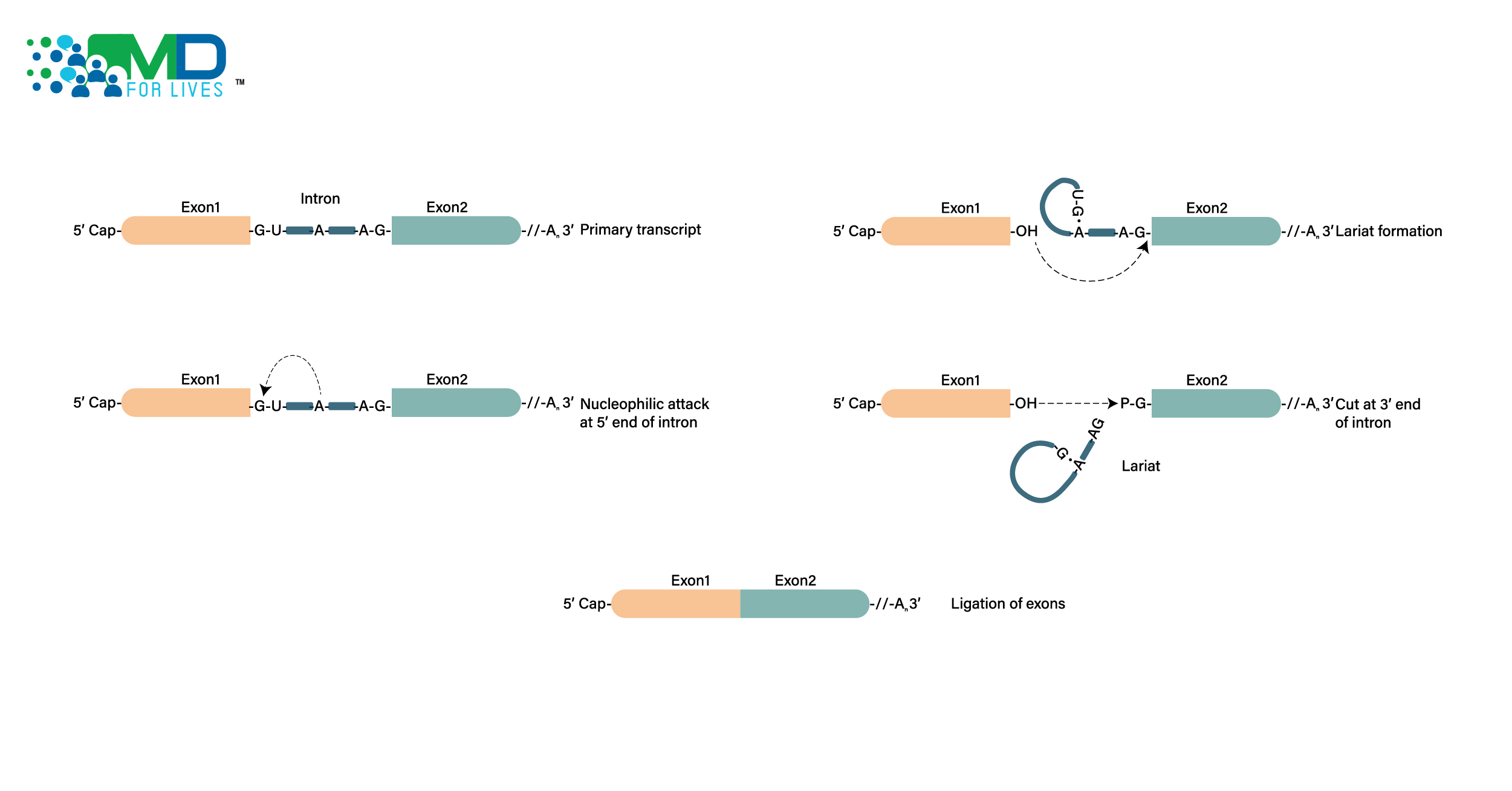Total Hip Arthroplasty or THA is one of the most common orthopedic surgeries performed in the world today. For good reason, it has been nicknamed as “the operation of the 20th century”.1 Common indications of THA include osteoarthritis, inflammatory arthritis, dysplasia, trauma, and neoplasms. The surgery offers several benefits to the patient, such as relief from pain, improvement in mobility, restoration of function, thus leading to an improved quality of life.
According to a study by Dr. Cnudde and his colleagues2 from the Swedish Hip Arthroplasty Register, Gothenburg, one additional benefit of THA is an improved survival rate as compared to the general population. Thus, along with the quality of life, THA can also result in an increased lifespan, as per their study. The study was carried out in Sweden and its aim was to determine if the patients who underwent THA were likely to have an increase in their life expectancy and whether the indication of THA was a determining factor in their relative survival.
In the study2, researchers analyzed the data of 131,808 patients who had an elective THA surgery from 1999 until the end of 2012. The data was obtained from the Swedish Hip Arthroplasty Register. The mean age of the patients was found to be approximately 68 years. 21,755 (16.5%) patients had died until the end of follow-up. The study showed that post-THA patients showed a marginal improvement in the survival rate as compared to the age and sex-matched survival data in the general population. This improvement was seen up to 10 years following the surgery. At the end of one year, the operated patients showed 1% better survival than that expected as per the survival data. This difference increased to 3% at the end of five years. However, the difference showed a decrease to 2% at the end of 10 years after surgery, and by the end of 12 years, there was no difference in survival rates between the operated patients and that in the general population.
Cnudde et al also compared the relative survival in patients operated for different indications. It was found that patients operated for childhood hip disorders had a survival rate similar to those operated for primary osteoarthritis (a most common indication of THA3). In comparison, patients undergoing THA for other indications (osteonecrosis of femoral head, inflammatory arthritis, secondary arthritis) had relatively poorer survival. Expectedly, poor survival was also found in patients with comorbidities. The lower level of education and single status also showed a negative association with survival in their study. According to the authors, the reasons for the improvement in survival are not known yet but are most likely multifactorial.
Limitations of the study include patient selection, as the only patient in relatively good health will be considered fit to undergo surgery and thus might indicate a selection bias. According to Dr. Crudde, the benefit of THA on survival can only be proven by randomized controlled trial, which might not be feasible due to ethical reasons. Hence, observational studies such as these can provide the necessary validation. Future prospects include assessing the impact of revision surgeries on the younger population.1
Reference:
Zagra L. Advances in hip arthroplasty surgery: what is justified? EFORT Open Rev. 2017;2(5):171-178. https://www.ncbi.nlm.nih.gov/pmc/articles/PMC5467678/
Cnudde P1, Rolfson O, Timperley AJ, et al. Do Patients Live Longer After THA and Is the Relative Survival Diagnosis-specific? Clinical Orthopaedics and Related Research. 2018. https://www.ncbi.nlm.nih.gov/pubmed/29489471
Siopack JS, Jergesen HE. Total hip arthroplasty. Western Journal of Medicine. 1995;162(3):243 249. https://www.ncbi.nlm.nih.gov/pmc/articles/PMC1022709/







